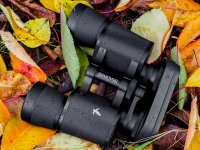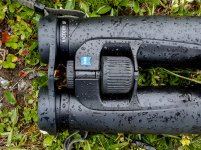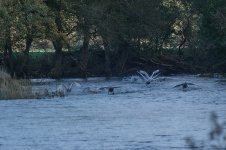This might be a strange question to some, but it just dawned on me that basically every thread that mentions binoculars which are not fully waterproof has a lot of comments from people stating that these bins are unusable to them.
Now, I never put much thought into this until now, so I have to ask. But first - how I see it: I don't enjoy being out in the rain. When you have to, because you are backpacking or hiking, you have to. But in every other situation, I avoid the rain. Using binoculars during the rain seems absurd to me. Not only it is unpleasant to be outside during the rain for extended periods of time, but you also can barely see anything through binoculars when objectives are wet. Caring for your bins during the rain is quite simple, you put them in the case and into your backpack. One can take even more precautions with some forethought.
Of course, there is a matter of fogging and fungus if you live in the tropics and the like. This I can understand.
In every other case - Do you actually use your binoculars when it is raining and you and the bins are all wet? Why? How do you make it work for you?
Now, I never put much thought into this until now, so I have to ask. But first - how I see it: I don't enjoy being out in the rain. When you have to, because you are backpacking or hiking, you have to. But in every other situation, I avoid the rain. Using binoculars during the rain seems absurd to me. Not only it is unpleasant to be outside during the rain for extended periods of time, but you also can barely see anything through binoculars when objectives are wet. Caring for your bins during the rain is quite simple, you put them in the case and into your backpack. One can take even more precautions with some forethought.
Of course, there is a matter of fogging and fungus if you live in the tropics and the like. This I can understand.
In every other case - Do you actually use your binoculars when it is raining and you and the bins are all wet? Why? How do you make it work for you?















